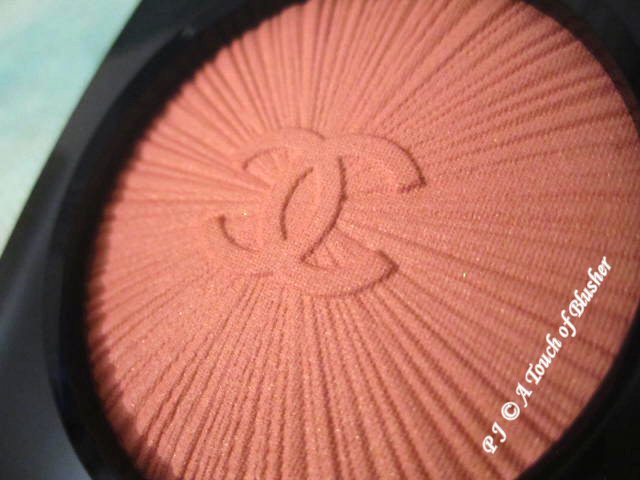Many major Japanese beauty brands release two base makeup collections a year. Spring/summer releases are usually in March and April, and fall/winter releases are usually in September and October. (They are more or less released two months after the seasonal point makeup collections are available.)
The size of the collection varies. Sometimes there are just a couple of items (perhaps a new foundation and a primer), and sometimes there can be a major collection revamp.
Very often, when a new product is launched, the existing equivelant will be discontinued. This means that a Japanese base makeup product can sometimes only be available for 12 months. (This is especially the case with some department store brands.) For example, during the Raycious era (2000 – 2007), a new powder foundation was released every March and the previous version would be discontinued. Not all the products are updated at this rate, but many do get revamped about every other year.
So, on the whole, every six months, a base makeup collection goes through an update, and possibly a few products are phased out. (One obvious exception would be a new base make range whose lineup is still growing, like Primavista.) My suggestion is that, if you discover a Japanese base makeup product that you can’t live without, consider picking up some extras. (The next version might not suit you equally.)
There are some general differences between spring/summer and fall/winter releases. Spring/summer releases tend to have higher SPF and PA. They are often more sweat-resistant and are better at sebum-control, and the finish is often slightly more matte. Sometimes, the coverage is more on the natural side.
Fall/winter releases usually have a more emollient texture.
The foundations sometimes have more coverage, and the finish is more luminous. The primers tend to be for further moisturizing the skin.It can be quite useful to know in which season a product (particularly a foundation) is released. In Japan, there is quite a big temperature difference between summer and winter. If you have combination or oily skin and you happen to live in a tropical or sub-tropical climate, you probably don’t need a very emollient cream foundation (even though it might be a best seller in Japan.)
(Though the choice of a powder foundation or a liquid/cream foundation is often a matter of preference, I tend to suggest powder foundations for people with combination or oily skin. I think those with normal or drier skin do have more choices. Liquid/cream foundations would generally work fine, and there are some powder foundations with a very smooth and velvety texture that can work very well on dry skin even without a primer.)
Apart from regularly checking the official websites of Japanese beauty brands, Japanese beauty magazines offer great editorial content on new base makeup releases. Biteki runs a major base makeup feature twice a year (usually in the May and October issues). Voce’s popular monthly feature, “Voce Experiment” regularly tests out the latest foundations. Even if you don’t read Japanese, these features are usually abundant in photos of new products.
Tomorrow, I will touch upon the choice of foundation shade.
Related posts:
Esprique Precious Spring/Summer 2009 Base Makeup Collection
Japanese Base Makeup Week (Part 1)




{ 6 comments… read them below or add one }
I sooo totally agree with this…sometime back i was so in love with paul and joe dual UV foundation and primer – perfect shade for me,perfect texture, makes my skin look flawless, no breakouts and then whamp! they changed the forumale…which doesnt suit me…so i am left with wasting $ once again experimenting with stuff that would suit me…sometimes i wish they wouldnt keep updating their products or to at least not discontinue their previous products!!
love these posts by the way!! cant wait for the shades decription post since the japanese brands have different skin shades!
nutty
I subscribe to VoCE..I agree that it’s the best way to keep up on product releases and tests!
Very good foundation posts.
great post, keep going!
Hi Nutty,
I am sorry to hear about the Paul & Joe foundation. I hope your will come across some great alternatives!
The Japanese foundation lines do update themselves really quickly. Sometimes it can be hard to keep up with all the new product information. Unlike cult products in western brands that have been sold for years and years, most popular Japanese base makeup products still get replaced within a few years.
It is not really good news both for those who have found a favorite and for those who are trying to look for something suitable. (Sometimes, by the time one has discovered a good product, it is probably going to be discontinued quite soon…)
Thank you very much for reading the posts. I hope you will enjoy the rest of the series!
Thank you for your comment again :)
Hi Jamilla,
I subscribe to Biteki, but I do flip through Voce in the bookstore regularly and I would pick up an issue if I think it is worth keeping. Some of the features are really well put together. :)
Thank you for reading the posts and for your comment! :)
Hi Julie,
Thank you very much for reading this post! Hope you will enjoy the others later on! :)